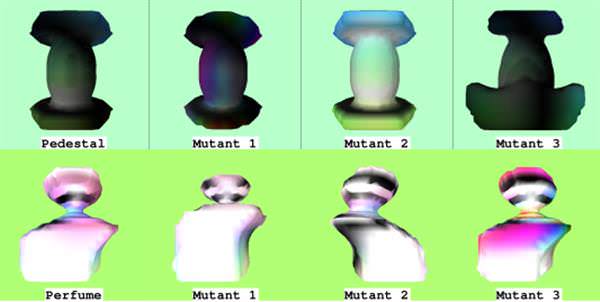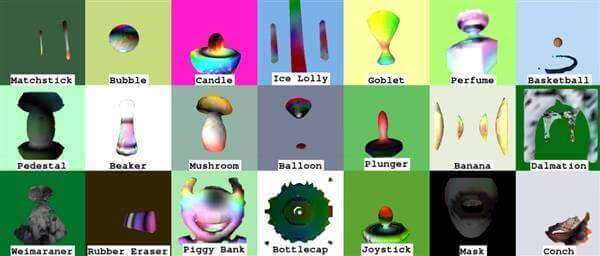Neato AI uses machine learning, deep neural networks to design 3D printable objects. It only took 2.5 million tries to get it right.
Joel Lehman, an assistant professor at the IT University of Copenhagen, wanted to leverage the power of deep neural networks to create 3D printed objects. This process is uncreatively titled “Creative Object Generation”. Lehman and a colleague started by teaming up with the University of Wyoming’s Evolving Artificial Intelligence Lab to design an AI that could sculpt images.
It started—as does everything in machine learning—with an algorithm.
Designing 3D Objects With Algorithms
An algorithm generates a completely randomized blueprint and models it into a 3D image. This image doesn’t look like much to begin with. But then the program sends it to the neural network and asks “what does this look like?” or “what do you think this is?”
Neural networks are inspired by the human brain and its learning processes. Using the team’s key algorithm, a set of procedures for the program to follow, the AI could mimic (more or less) how a human might respond in that situation. It does this by comparing the image to a humongous database of images and information.
But results are far from instant. The blobbish AI-generated image bounces back and forth, slowly becoming more and more like a real object. After nearly two weeks and 2.5 million iterations, the deep neural network finally rated many of the creations as being 95% accurate (though that number may be over generous).
Even then, the results are still kind of funny looking. Lehman even describes them as just “kind of pretty.” This may be due to the fact the deep neural network can’t comprehend 3D images and works only in 2D. So the result can’t possibly be 100% accurate.
The designed objects were then uploaded to Shapeways, where they were then printed in a sandstone material. More on the prints can be found in the team’s report here.
(Via: Popular Science)
License: The text of "AI Designs 3D Printable Objects (After 2.5 Million Tries)" by All3DP is licensed under a Creative Commons Attribution 4.0 International License.

